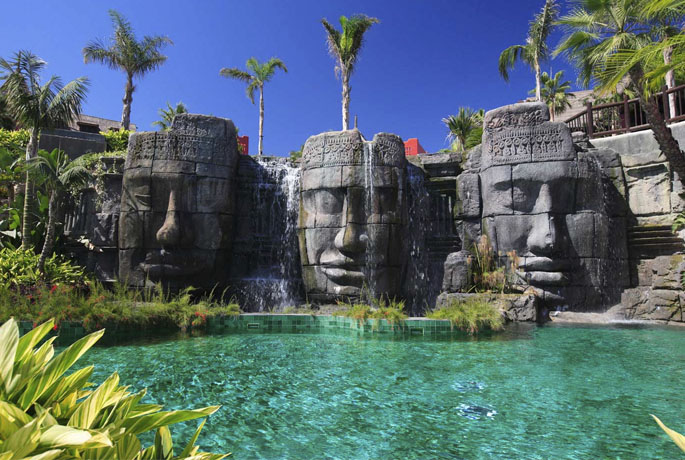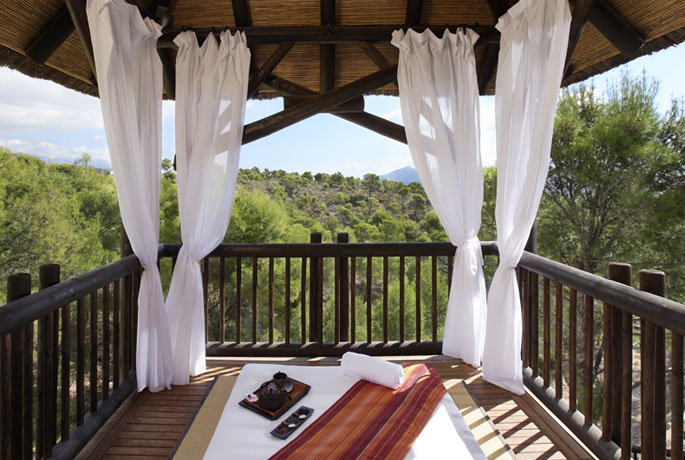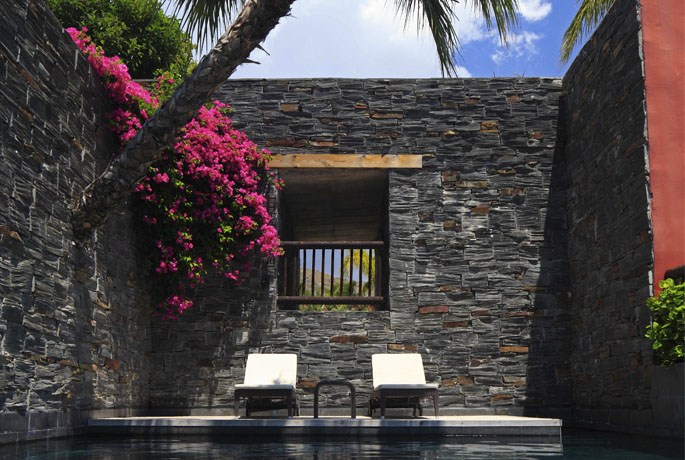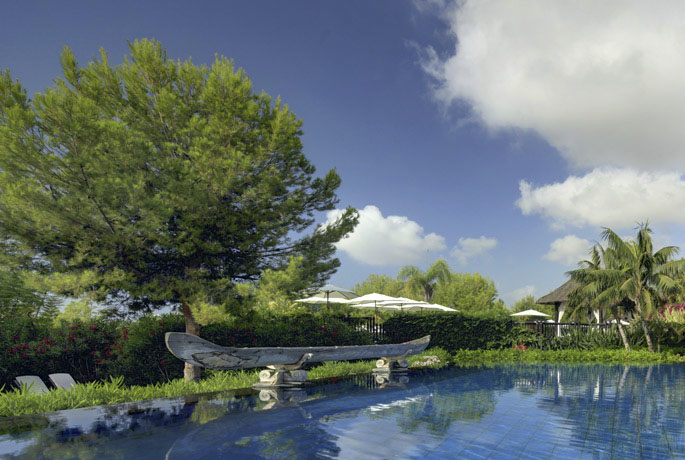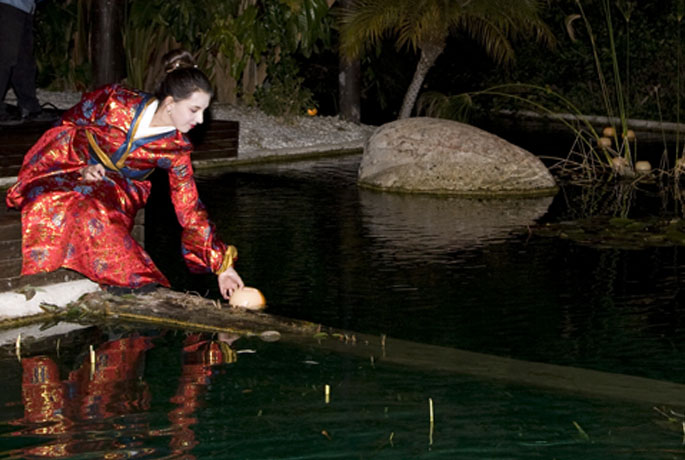Today from the luxury hotel in Alicante Asia Gardens Hotel & Thai Spa we want to tell you about one of our favourite drinks: tea. Those of you who have already visited us know that we love welcoming our guests with a delicious cup of tea. But, do you know all the different types of teas? Keep reading.
Tea is a beverage made from dry leaves of the tea plant. People drink it either hot or cold. It is very healthy and has a fresh and bitter flavour.
There are different types of tea. Let´s discover the most famous ones and their benefits.
Green tea. It is very popular in Asian countries such as China or Japan. It has a high antioxidant power, it prevents a premature ageing of the body tissue. Green tea´s main benefits are helping keep your blood pressure and nervous system and it is a digestive medicine.
Black tea. It is one of the most famous types of tea. It is darker than other teas and it also has a stronger taste. Black tea consumption also has important health benefits: it has a diuretic effect, it stimulates the cardiovascular system, helps to improve breathing and it is good for the stomach.
Red tea. It is known as Pu-Erh tea. It is also called the “Emperors Tea” because in the past and for a long time red tea consumption was forbidden for the rest of the population. It is dark red and it is famous for its fat-burning power. Its consumption is ideal at any time of the day, especially after meals.
White tea. It is a not very common type of tea out of Asia. It has an exquisite and light taste. Several studies support that its antioxidant power is even more powerful than the green tea´s one. Among its main properties we find: it reduces cholesterol and blood sugar and it fights the effects of aging.
Oolong tea. It is also known as Wulong or blue tea. It has a very peculiar nice taste, very similar to fresh fruits flavour. It contains many vitamins and mineral and it is also an antioxidant powerhouse.
It is always a good time to have a cup of tea. If you also love this beverage, when you visit the luxury resort Asia Gardens Hotel & Thai Spa you have a mandatory stop. Take part in our delicious tea tasting, every day from 17:00 to 18:00.


